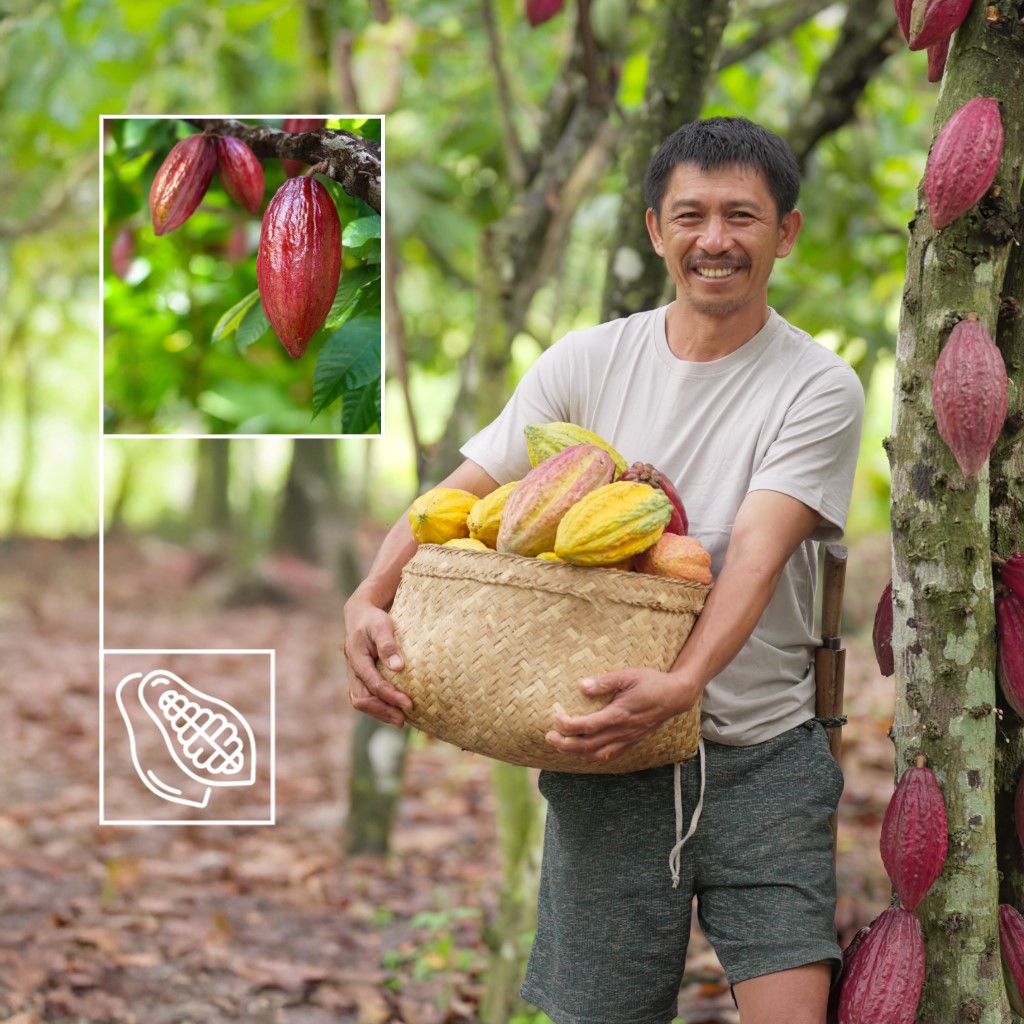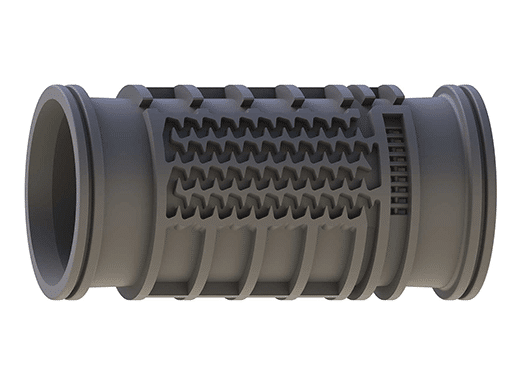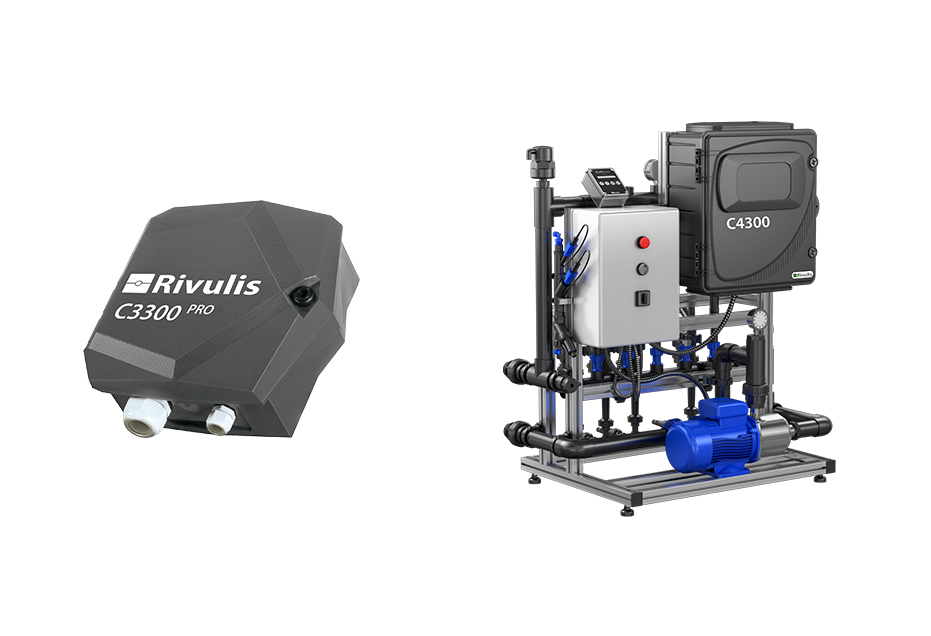
Cacao Crop Irrigation: Best Practices for Efficient Water Management.
Cacao: The Heart of Chocolate, Rooted in the Tropics
Native to the Amazon Basin, cacao is the essential ingredient behind the global chocolate industry and a vital source of income for millions of farmers across tropical regions. Thriving in warm, humid climates (20–30°C), successful cacao production relies on precise water management from seed to pod.
Today, cacao is cultivated across West Africa (led by Côte d’Ivoire and Ghana), Latin America, and Southeast Asia, with West Africa alone supplying over 60% of global production.
Traditionally grown under rainfed conditions and shaded by taller crops like banana or forest trees, cacao benefits from natural climate control—but this traditional agroforestry system often limits yield potential and restricts expansion into new regions.
Modern irrigation solutions can unlock cacao’s full potential—boosting productivity, improving resilience, and expanding cultivation beyond traditional zones.
Climate Change and the Future of Cacao.
Cacao is extremely climate-sensitive, and changing weather patterns threaten its yield and long-term viability. Rising temperatures, irregular rainfall, prolonged droughts, and high humidity directly affect plant health, increase disease risk, and reduce productivity.
Issues like fungal outbreaks, drying difficulties, and bushfires are becoming more frequent, especially in major growing regions such as West Africa. Climate shifts also impact pest behavior and reduce the suitability of traditional cultivation zones.
To protect cacao and farmer livelihoods, climate-resilient solutions—including smart irrigation, shade systems, (mainly during the first years of the crop), and disease control—are more important than ever.
Cacao Irrigation methods:
Irrigation Methods for Cacao
Cacao can be irrigated using various methods depending on farm size, resources, and local conditions. Common approaches include surface irrigation (such as basins or furrows), sprinkler systems, and drip irrigation.
Among these, drip irrigation stands out as the most efficient and precise method, delivering water directly to the root zone and enabling better control over moisture levels, fertigation, and overall crop performance.
At Rivulis, we specialize in advanced drip irrigation solutions tailored to cacao’s unique needs, helping growers maximize yield while using water and nutrients more efficiently.
Smart Irrigation for High-Performing Cacao Cultivation
Successful cacao production depends on precise water management throughout the crop’s lifecycle. From seedling establishment to pod development, cacao requires consistent, stage-specific hydration to support healthy growth, high yields, and premium bean quality.
Other Irrigation Methods: Considerations
- Sprinkler Irrigation: Offers broad coverage but increases foliage wetness and disease risk.
- Surface Irrigation: Traditional and low-cost, but highly inefficient and disease-prone, especially in poorly drained soils.
Drip Irrigation Benefits for Cacao Growth
Why Drip Irrigation is the Optimal Choice
Drip irrigation is the most efficient and sustainable solution for cacao cultivation. By delivering water directly to the plant’s root zone, drip systems significantly reduce evaporation and runoff, making them ideal for regions with limited water resources.
- Targeted Water Delivery minimizes waste and supports uniform growth.
- Drier Foliage reduces humidity-related diseases like black pod.
- Fertigation Ready for precise nutrient delivery and improved plant health.
- Improved Yields & Bean Quality through consistent moisture across all growth stages.
While initial setup costs are higher than traditional methods, the long-term gains in water savings, disease reduction, and productivity make drip irrigation the smart investment for modern cacao farming.
Precision Irrigation Strategy for Cacao: Guided by Kc and Growth Stages
Effective cacao irrigation starts with understanding how crop water needs change across phenological stages—from early vegetative growth to pod maturation. These needs are captured in crop coefficient (Kc) values, which adjust water application based on evapotranspiration (ETc = Kc × ETo).
Each stage has distinct water demands:
- Young seedlings need consistent, light moisture.
- Canopy expansion and flowering require higher water input to support growth and fruit set.
- Pod development is the most water-intensive phase, with the highest Kc values.
- Post-harvest and pruning periods call for reduced irrigation aligned with lower plant demand.
Key Irrigation Planning Factors
To build an effective irrigation plan, consider:
- Climate & ETo: Align irrigation with local rainfall, temperature, and wind conditions.
- Soil Type: Match irrigation frequency and depth to soil texture and water-holding capacity.
- Plant Characteristics: Adjust for tree age, canopy size, planting density, and shade cover.
- System Design: Choose drip systems with adequate flow, filtration, and automation to ensure reliability and performance.
Rivulis offers complete, tailored drip solutions for cacao—combining agronomic expertise, advanced products, and smart irrigation technologies to help growers maximize productivity and sustainability.

Rivulis Vision: Advancing Cacao Farming Through Smart, Sustainable Irrigation
A Climate-Resilient Future for Cacao
At Rivulis, we believe the future of cacao depends on smart, sustainable irrigation strategies—combined with the right system design and products tailored to meet the crop’s high water and nutrient demands—that strengthen climate resilience, boost productivity, and protect farmer livelihoods.
As climate change brings more erratic rainfall, longer dry seasons, and rising disease pressure, traditional irrigation methods are no longer enough. That’s why we champion a crop-specific, precision-driven approach centered around drip irrigation—the most efficient and adaptable solution for cacao cultivation.
Our vision is built on:
- Smart Water Use: Drip systems that deliver water directly to the root zone, reducing waste and plant stress.
- Fertigation Efficiency: Integrated nutrient delivery through irrigation to enhance plant health and optimize bean quality.
- Climate Control Solutions: Use of sprinklers and foggers for microclimate regulation—helping manage high VPD (vapor pressure deficit) and reduce heat stress.
- Adaptability Across Climates: Tailored system designs for different soils, topographies, and shade levels across Latin America, Africa, and Asia.
- Data-Driven Decisions: Digital tools that help growers monitor field conditions and optimize irrigation in real time.
- Product Excellence: Featuring innovative solutions like Rivulis D5000 PC, Hydrogol, and TiffDrip+ drip lines for maximum efficiency, reliability, and uniformity.
With a field-to-farm strategy, Rivulis is not just providing irrigation products—we’re delivering a full solution to future-proof cacao cultivation and empower growers to thrive in a changing world.
Irrigation Solutions for Cacao Crop
Tailored Irrigation Solutions for Every Cacao Farm
Whether you’re a smallholder, a medium-scale grower, or managing a large estate, Rivulis offers the right solution:
- Flat terrain and shorter run-lengths, Rivulis non-PC heavy wall drip lines such as Hydrogol, and TiffDrip+ are great solutions, providing a robust cylindrical dripper.
- Highest uniformity, even with undulating terrain and longer run lengths, the best solution is Rivulis D5000 PC, which provides the same amount of water flow per dripper, even if there are water pressure fluctuations in the tube itself (elevation changes, friction loss in the tube, etc).
- Full Automation & Fertigation coupled with your system for additional precision and monitoring, even remotely.
All systems are scalable and designed to grow with your farm—supporting yield, quality, and resource efficiency while aligning with agronomic goals.

Cacao Irrigation Solutions From Rivulis
Frequently Asked Questions about Cacao:
Yes, cacao originates from humid rainforests, but many regions now face extended dry seasons. Irrigation ensures consistent flowering and pod development, especially during droughts, boosting both yield and quality.
Climate change leads to longer dry spells, unpredictable rain, and heat stress. Efficient irrigation helps maintain stable water levels in the root zone, improves resilience, and protects fruit pods.
Drip irrigation is ideal, delivering water efficiently to roots. In hot areas, micro-sprinklers or foggers can also be used to cool the canopy and maintain humidity.
Water is key for nutrient absorption. Consistent irrigation improves uptake of essential elements like nitrogen and potassium. Fertigation systems combine irrigation and fertilization for optimal growth and pod filling.
Yes! Irrigated cacao can achieve 30–50% higher yields. Regular watering supports more flowering cycles, better fruit set, and uniform ripening.

Any information provided herein, including any case study referrals are for information purposes only and actual results may vary.
Whilst every effort has been made to ensure all data is accurate, the accuracy of all data cannot be guaranteed and it is advised that you to consult with an irrigation specialist for your specific needs and to carefully review technical specifications for proper use.
As some products are not available in all regions, please contact your local authorized dealer for additional details.





